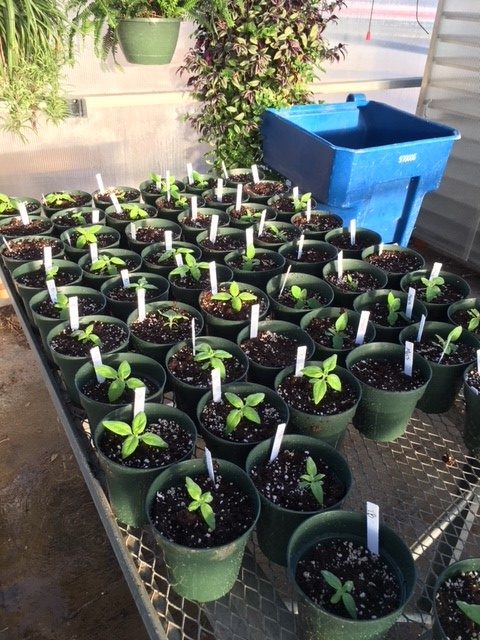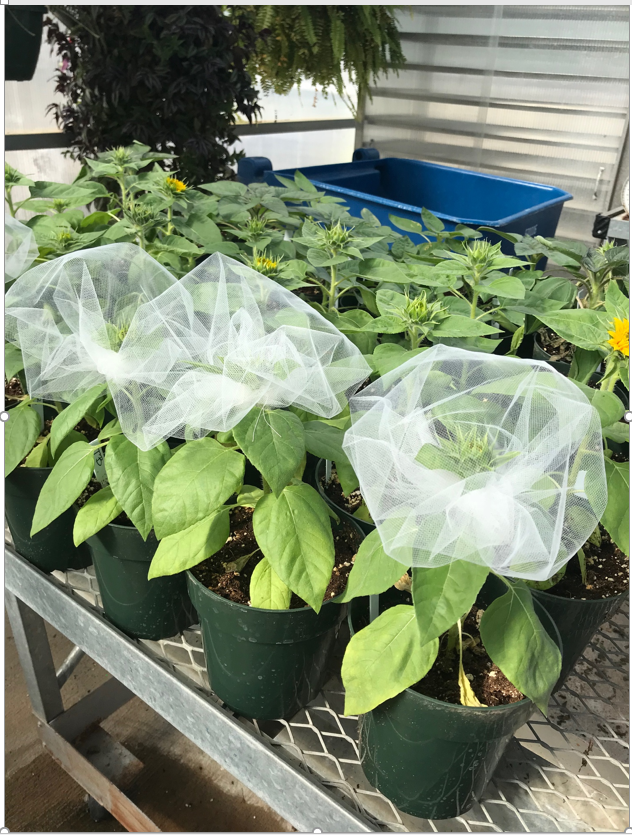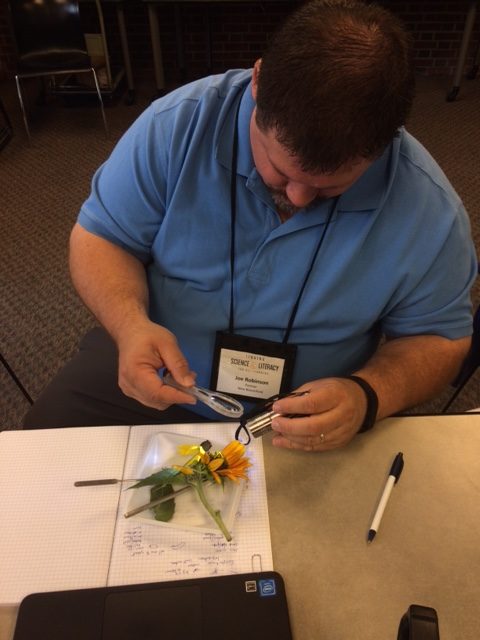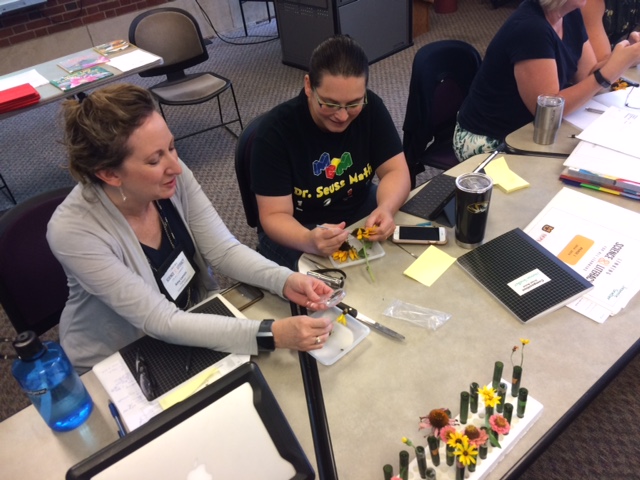Published on Dec. 10, 2018
Updated on March 4, 2022
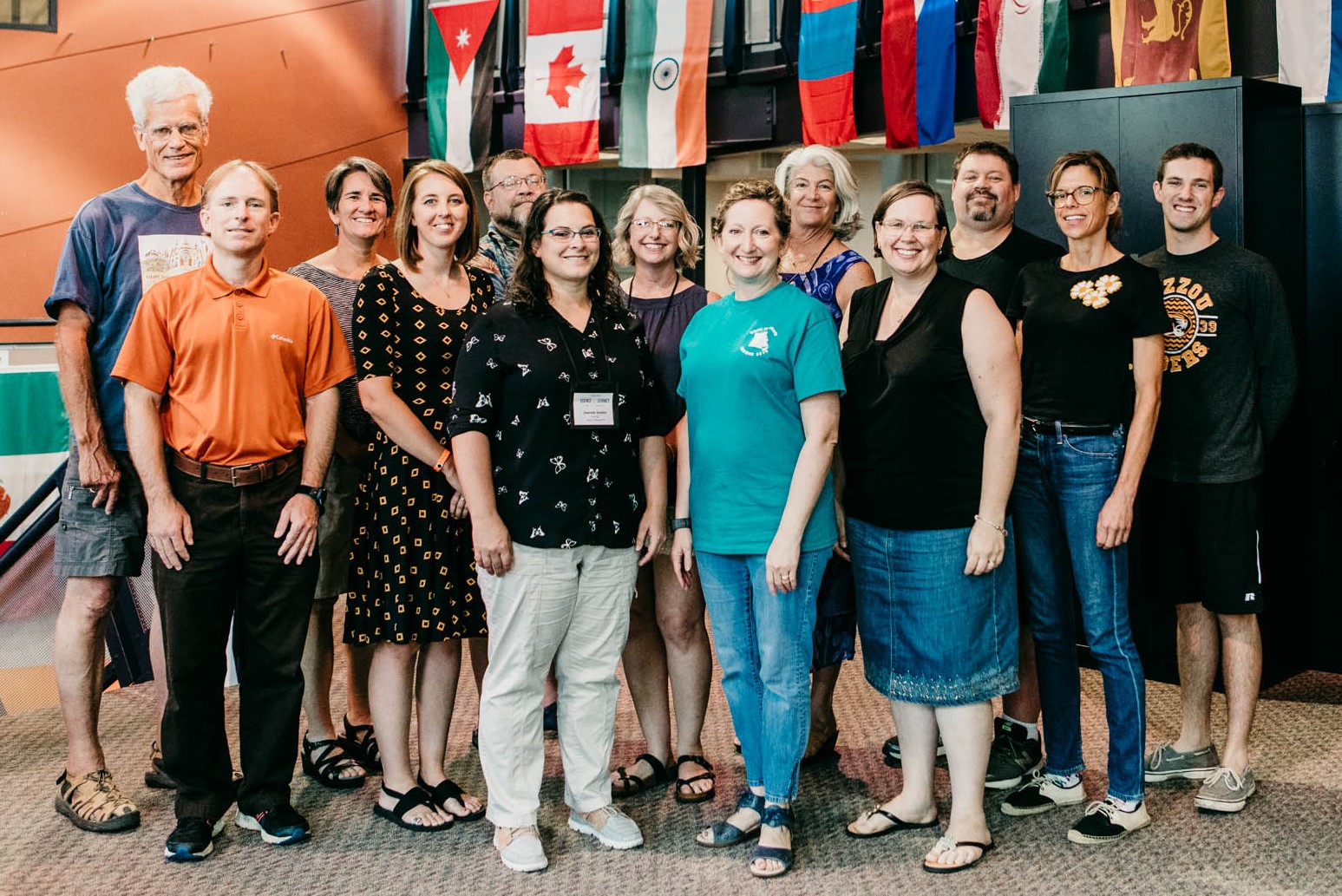
The first Linking Science & Literacy for All Learners professional development workshop convened in July 2018, the culmination of literally thousands of hours of planning and multidisciplinary team work.
Each team member contributed years of expertise – in the major content areas, science, pedagogy, professional development and management. An anchor text, “Flight of the Bumblebee” was identified, rewritten, evaluated for scientific and literacy content and aligned to standards. Scaffolds were identified, inquiry developed, evaluation instruments devised and schedules generated.
And the big day arrived. The five pilot year teachers, selected for their levels of experience and an expressed motivation to help link literacy and science for all learners, immersed themselves into the rationale for text sets and multimodal texts, how to connect that to inquiry, potential areas of collaboration, access for diverse learners and the use of scenario-based assessments.
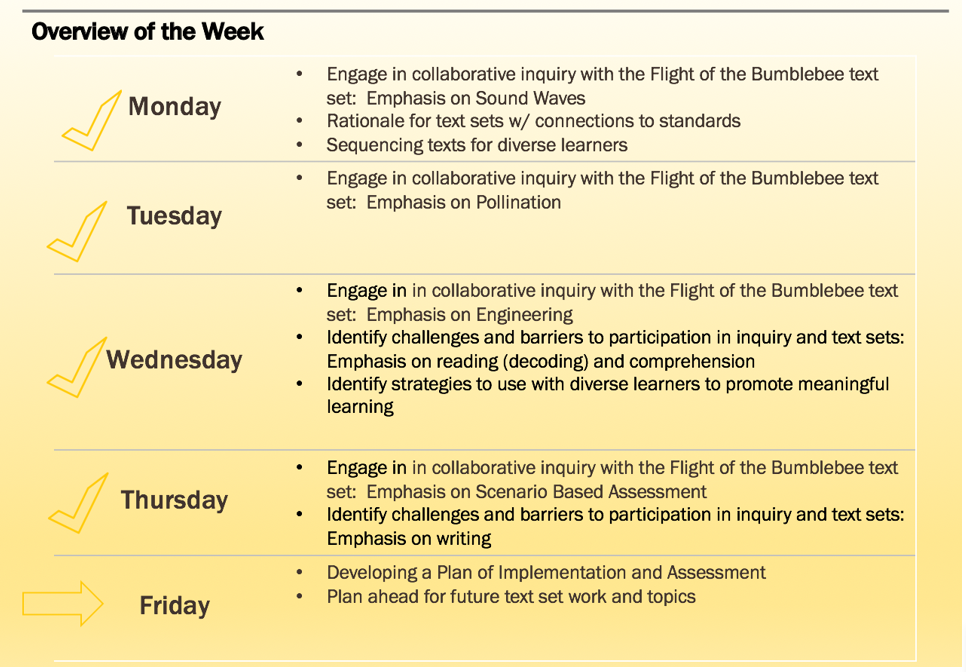
During each of the five days, instructors led teachers to engage in collaborative inquiry with a different emphasis, highlighting the connections to standards. For example, on Monday, the emphasis was on sound waves, and on Tuesday that emphasis was on pollination. The inquiry activity that day centered on dissection of sunflowers that had been planted, germinated and nurtured by the team. Students, and in this case, the teachers, compare seed set (how many seeds are produced) between plants that are given access to pollinators and plants that exclude pollinators. This project is a hands-on introduction to the importance of pollination as well as the scientific method.
Participant Jeannie Sneller, a 7-8th grade science teacher in the South Callaway R-2 district, implemented that experiment in her classroom this fall. Her students are conducting an experiment with dwarf sunflowers to measure if pollinators affect a plants’ ability to produce seeds. The sunflowers are being grown in the school’s greenhouse. The students are excited about the “sunflower babies” and have made their claims about the possible results. They are looking forward to seeing the results of this experiment.
As she works with her students, Sneller is applying what she learned in the summer workshop. And, as a former classroom aide in a special education classroom, she says she is fully realizing how important it is to create lessons that meet the needs of diverse students. She sees this program as an opportunity to combine her passions for Language Arts, Science and Special Education and is excited to combine science and literacy standards while taking into consideration the diverse needs of the learners in every classroom. She explains, “I have been teaching for 12 years. Traditionally students have had a hard time seeing the connection between science and any other subject. Math stays in math. Reading stays in reading. This project has blurred that line. Students are finally seeing the connection between Language Arts and Science. I use the same rubric and writing guide that our Language Arts teachers us. We both teach students how to research and support their claims. Students are seeing the value in being able to defend your claim with evidence.”
Jeannie has found additional value in participating in this program. She says, “There are so many resources out there (most of them free!) that can help educators teach science and literacy standards. Several resources even offer texts on various levels so that you can scaffold the information for your students. I have been able to share these resources with my school district. We have discovered the value of these resources at every single level in our district.”
